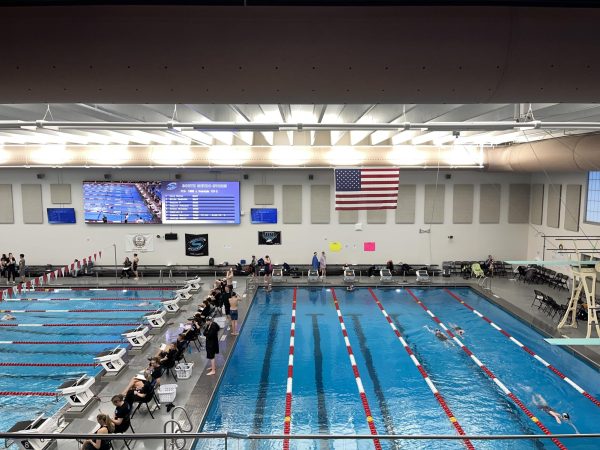Mental health in the Classroom

December 19, 2019
The mental health of teens affects everyone, especially in an environment filled with students such as a high school. Student mental health is one of the most commonly referenced topics in hallways, classrooms, and lunch tables–though it is often in the form of jokes and self deprecating humor. In our world, it is more acknowledged than ever before, but it still remains ambiguous to many–youth in particular.
Depression is a common occurrence in teens, with teen suicide and self harm rates at a record high. According to the Minnesota Student Survey, 4 percent of male 11th grade students at EPHS had self harmed within 30 days prior, while 16 percent of females had self harmed.
Students and their mental health to
be inhibiting to academic performance.
“It is something that is a huge reason for some students not performing as well,
and I think if [teachers were to] take that into consideration, there would be a big increase in performance,” said senior Karin Seaver. Mental health shows a strong pattern of recurrence with struggling students.
Strategies implemented by the ad- ministration designed to improve mental health often have little effect due to lack of accessibility explained senior Aria Miles. Therapy dogs and social workers are un- helpful if teachers won’t let students leave class, she said.
Students are often aware of the harmful nature of many coping mechanisms. Only 4.5 percent of 9th graders and 6 percent of 11th graders surveyed that they express their feelings in healthy ways. Social worker Steven Banks explained that when students know that their behaviors are unhealthy but choose not to change it is much more difficult to help those students.
Based on the Minnesota Student Survey, 7.4 percent of youth in grades 9-12 report-
ed that they had made at least one suicide attempt in the past 12 months. When asked about this statistic, Seaver said, “No, it does not surprise me. I think it’s really clear to see all the people that are really struggling.”
Eden Prairie is infamous for “AP Culture” or the pressure placed on students to take high level courses and pass them with high grades. Seaver contends that the highly competitive nature of EPHS can negatively affect mental health. “If you’re in a higher class, you’re doing better than everyone else but also not doing good enough. It’s a constant comparison,” said Seaver
The stigma around mental health at the high school is no different than that of the country. Staff and students feel that the community at EPHS is growing more willing to talk openly about depression and suicide, though the reputation still exists, as Banks explained. Students with anxiety are often unable or unwilling to approach a teacher about their mental state, pointed out Miles.
Banks stresses the importance of paying attention to the mental well-being of oneself and everyone in a community, saying, “It’s relevant to everybody. Because, despite the stigma, we all deal with it from time to time.”
With the definition of success being so subjective at a high school age, it is very easy for students to compare. “We put so much of our self value into school and
we don’t see ourselves succeeding to the standards that we think success is. That immediately makes kids feel like they’re worthless,” said Seaver. Miles agrees, saying that the self esteem, and often mental health, of students at EPHS is often dependent on comparison.
Mental health is an important issue with our community and the teenage demographic. Paying attention to the wellbeing of yourself and those around you can make a serious difference in the quality of life within a community.










